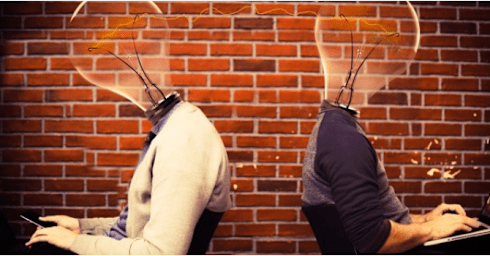
Creativity and Innovation Fundamentals
While we often think of creativity as an inherent trait, anyone—whether they're an artist or an actuary—can learn how to be more creative. In this course, explore the different ways to learn creativity, and discover how to be more creative both on an individual basis and in a team setting. The instructor shares a set of behaviors and techniques that can help you generate novel ideas or solutions to problems. He helps you understand the barriers to creativity, shares how to facilitate effective group sessions for a better creative output, explains how to select the best ideas, and more.
What is creativity and what is innovation?
You may have your own definitions and you will be able to see some ‘official’ definitions in the first sub-chapter of this module. We will also take a look at the main characteristics of a creative person. Did you know creative people have a particular sensitivity to problems? How about you? Are you an adaptor or an innovator? Do you work within the system to improve things or do you challenge the system and come up with proposals for change?
As a result of engaging with the materials in this module, learners are intended to achieve the following learning outcomes: Knowledge: gain knowledge on why creativity is important, what are the main characteristics of creativity and creative people, how can creativity be developed.
Skills: improved ability to identify creativity impetuses and obstacles in the organization; improved ability to adapt traditional methods, concepts, models to new applications; proactive thinking; self-assessment; understanding attitude.
Competences: Encouraging creativity; facilitating a climate that supports creativity in an organization; managing change; leader behaviors; analytical thinking







